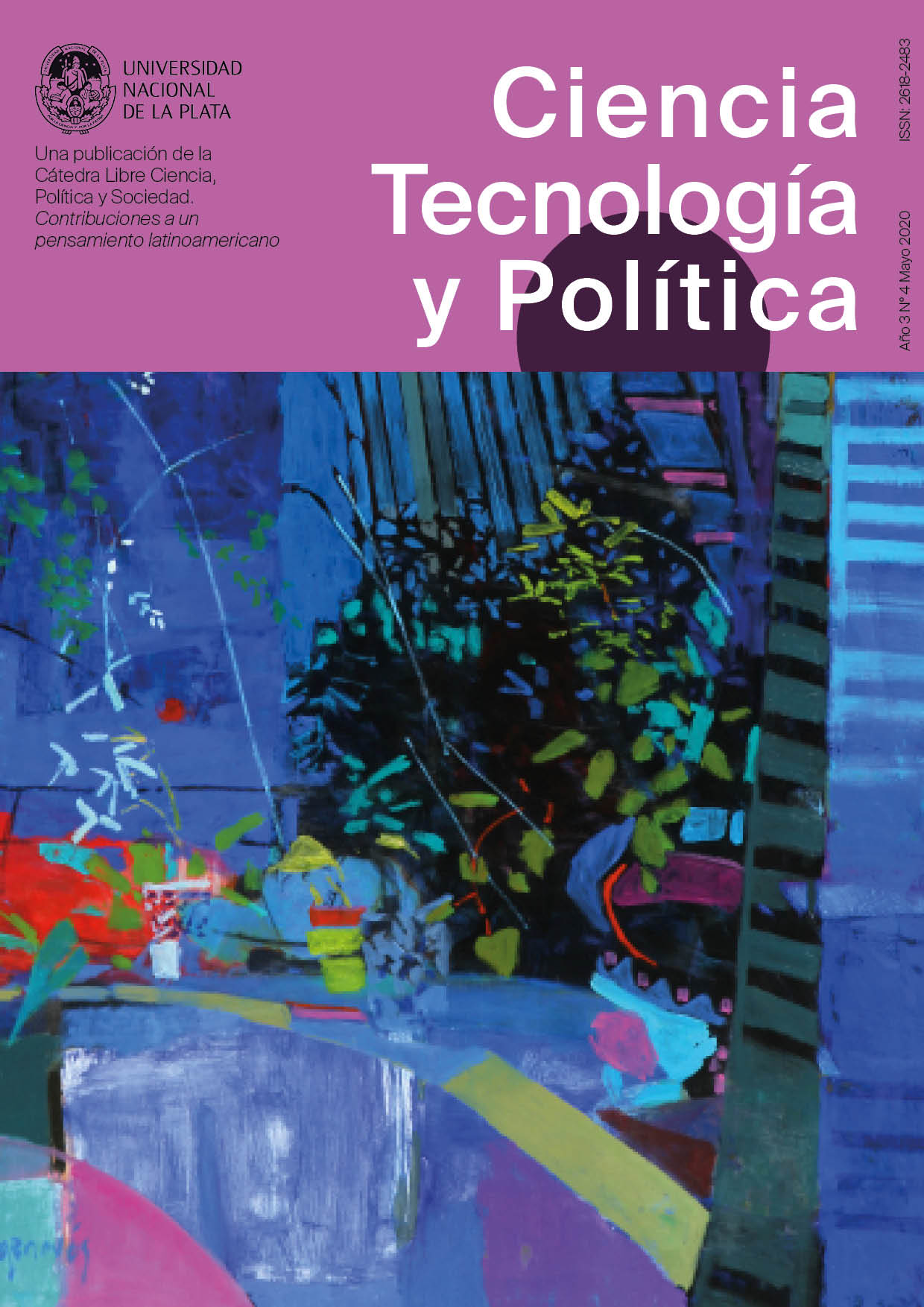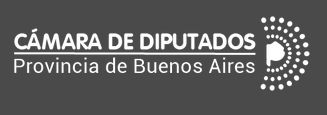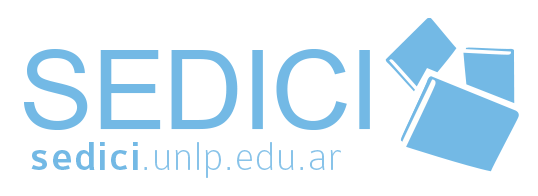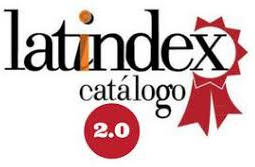Scientific-technological cooperation between Argentina and Cuba in vaccines and drugs (2009-2015)
DOI:
https://doi.org/10.24215/26183188e038Keywords:
international cooperation, science and technology, Argentina, Cuba, biotechnologyAbstract
Scientific-technological cooperation (S&T) in Argentina at the beginning of the 21st century is discussed. In particular, bilateral cooperation with Cuba, from the creation of the Argentine Cuban Center in Biotechnology applied to the Development of Vaccines and Drugs (CACBVaF), and the activity it carried out between 2009 and 2015. The formal framework for the creation of the Center is described in detail, the development of joint projects and the scope and limitations of this initiative. Among the conclusions, on the one hand, the importance of understanding international cooperation in S&T as a public policy tool to contribute to the objectives of the outlined country project is highlighted. On the other hand, the relevance of promoting S&T cooperation with Latin American countries to promote more horizontal and complementary relationships that address local problems, promote links with extra-scientific actors and that aim to improve the development and quality of life of the population in our region.
Downloads
Metrics
Published
How to Cite
Issue
Section
License
The authors whose texts are published in this Journal surrender their ownership rights in favour of the editor in a non exclusive manner, i.e. the authors can enter into other independent and additional contracts to publish their text, e.g. including it in an institutional repository, thematic or otherwise, publish it in a book, or others, as long as it is overtly stated that the work was first published in this Journal.
The responsibility for each published paper as regards its content relies exclusively on its authors, holding the editors harmless for any legal liabilities.
The texts of the Journal shall be published under the Creative Commons 4.0 BY-NC-SA license. Therefore, the editors are free to:
1) Share, copy and redistribute the material using any means or format.
2) Adapt, remix, transform and create from the material, under the following conditions:
a) Attribution — credit to this work must be given in an appropriate manner, providing a link to the license and indicating if changes have been made.
b) Non-Commercial Use — no use may be made of the published material for commercial purposes.
c) Share Equal — Authors remixing, transforming or creating from the material must distribute their contribution under the same license as the original.
































